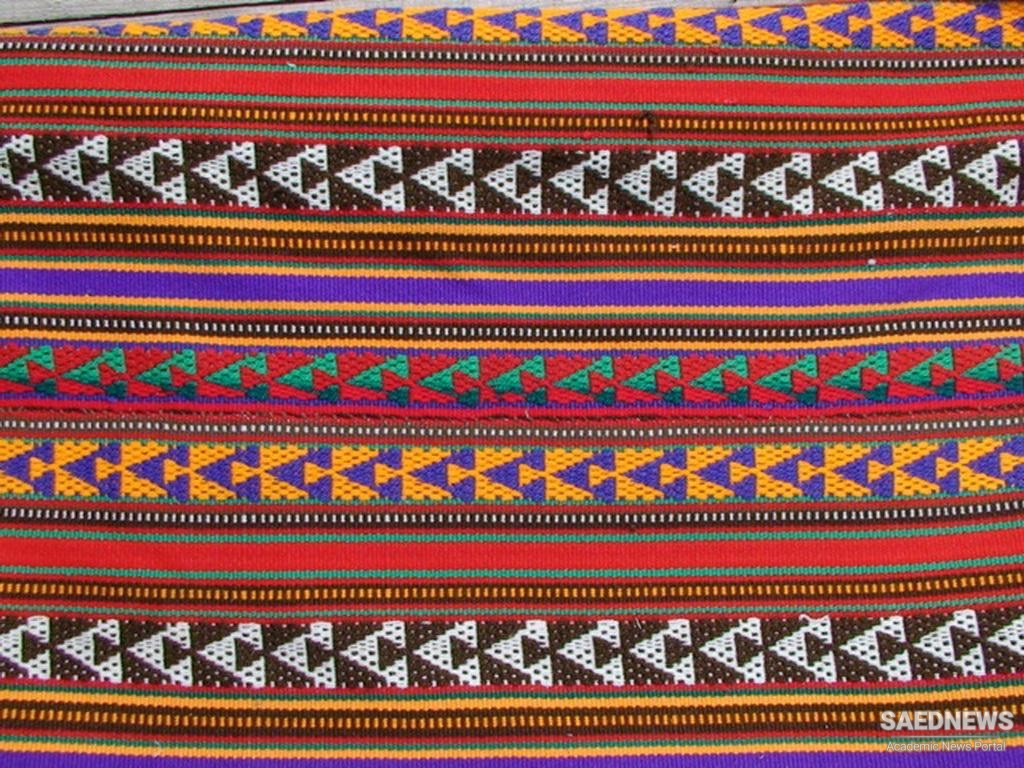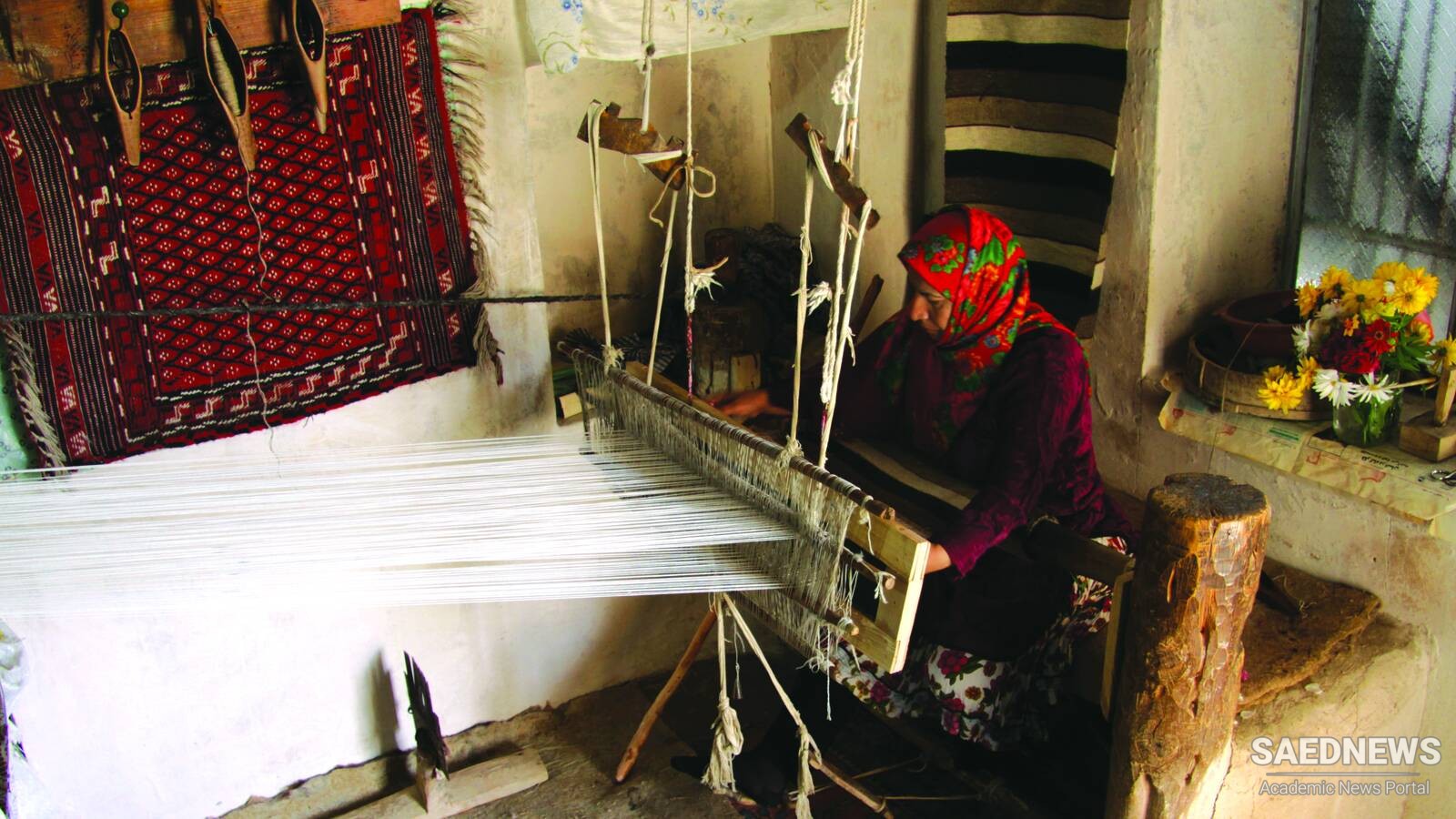In past, Jajims were used as Korsi (a low table with heater underneath) covers. In addition, they were used to wrap beddings or “Jaye khab”. That is why they are also known as “Jay-e Jam’e” which means “bedding wraps” and gradually turned into Jajim. Jajim wraps are made of colorful wools and occasionally colorful silks are used as wraps, too. But they are not used as wefts because black or gray are not used. To weave a piece of Jajim, two or three professional and skillful masters are needed. The first step is to stretch the wraps in an open space. Since spaces linger than fifteen meters are rarely found in village homes, the Jajim loom are usually set up in public passages like alleys and squares. This step is called “Deraz kardan e Jajin” or stretching the Jajim. When no one is working on the Jajims, the looms and the tripod are stacked up and they easily stretched again. Then, by using a wooden bar, a number of wraps are separated. That is when the weaving can be started.

A Jajim has usually ten to fifteen meters long and has a width of fifteen to twenty-five centimeters. After one piece is finished, they are cut and sewed to another one to make a piece of Jajim in the desired size. If yarns of Jajim are produced from high-quality material, then it will be easier for the weaver to do his part. In the region of Khalkhal, making Jajims is considered a seasonal activity. The weavers take up making Jajims only in winter when they are less busy with agriculture or animal husbandry. Some of the Jajim patterns in rural region of Khalkhal are: “Julma”, “Sirgha”,”Gachi Diztaghi”,”Ahrami”, “Uzig Ghashi”, “Pichagh Uju”, “Hemian”, “Sadeh Takhtehi”, “Bali Bughma”, and “Badami”. Jajim products can be used in floor coverings, doormat, prayer rugs, beddings, Korsi covers, and sofa covers. They are also used as complementary material for leather crafts.


 Business Negotiations in Iran
Business Negotiations in Iran














































